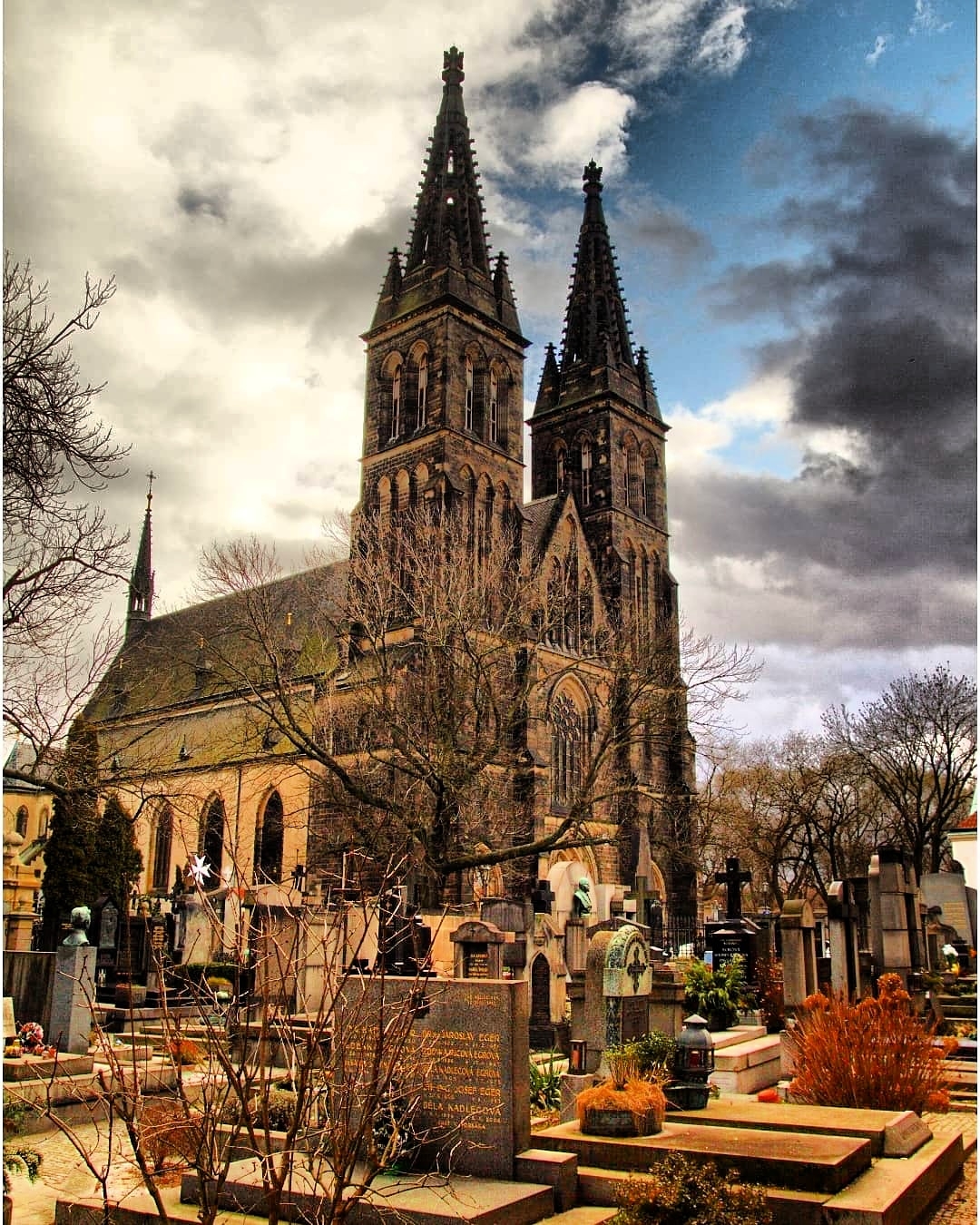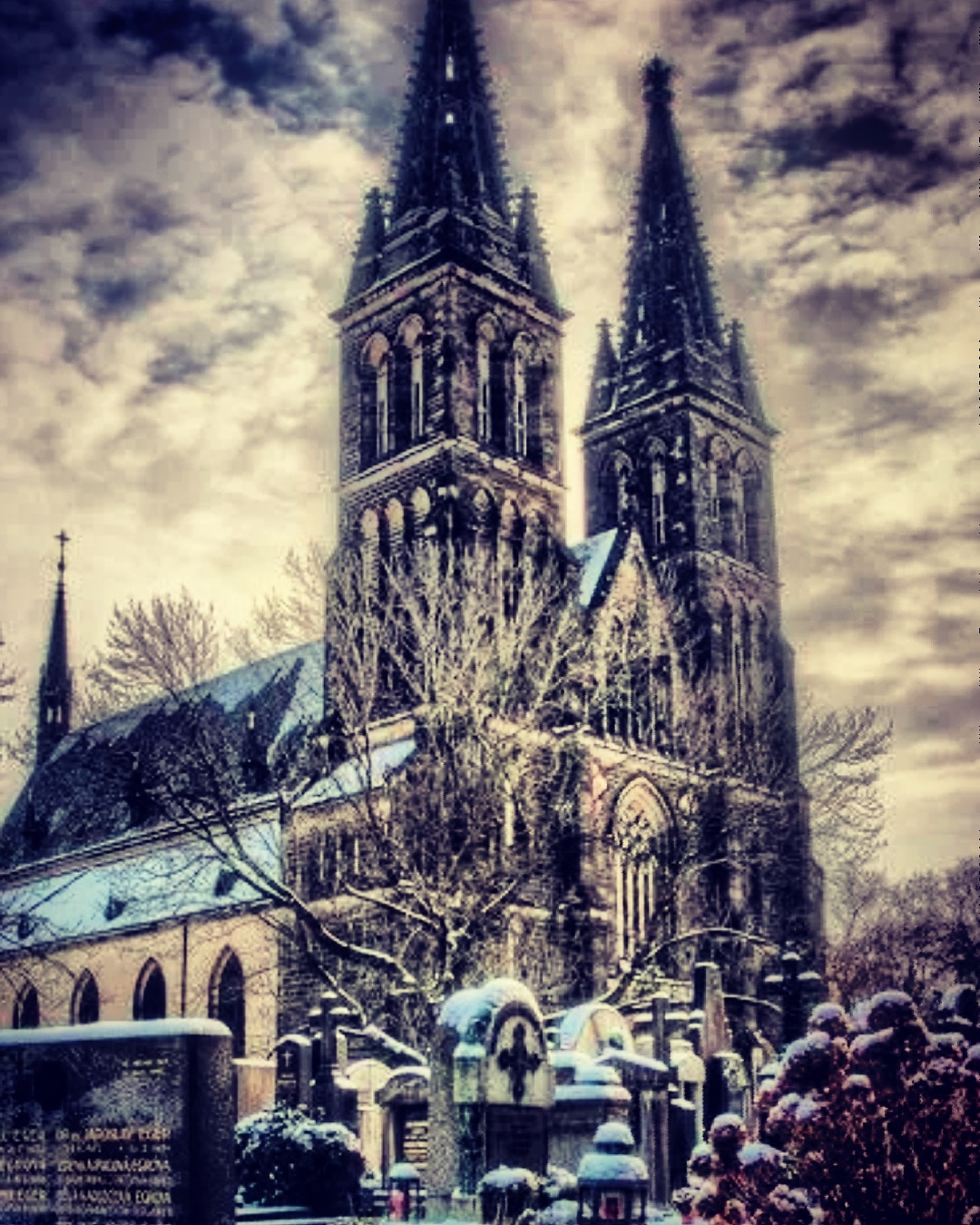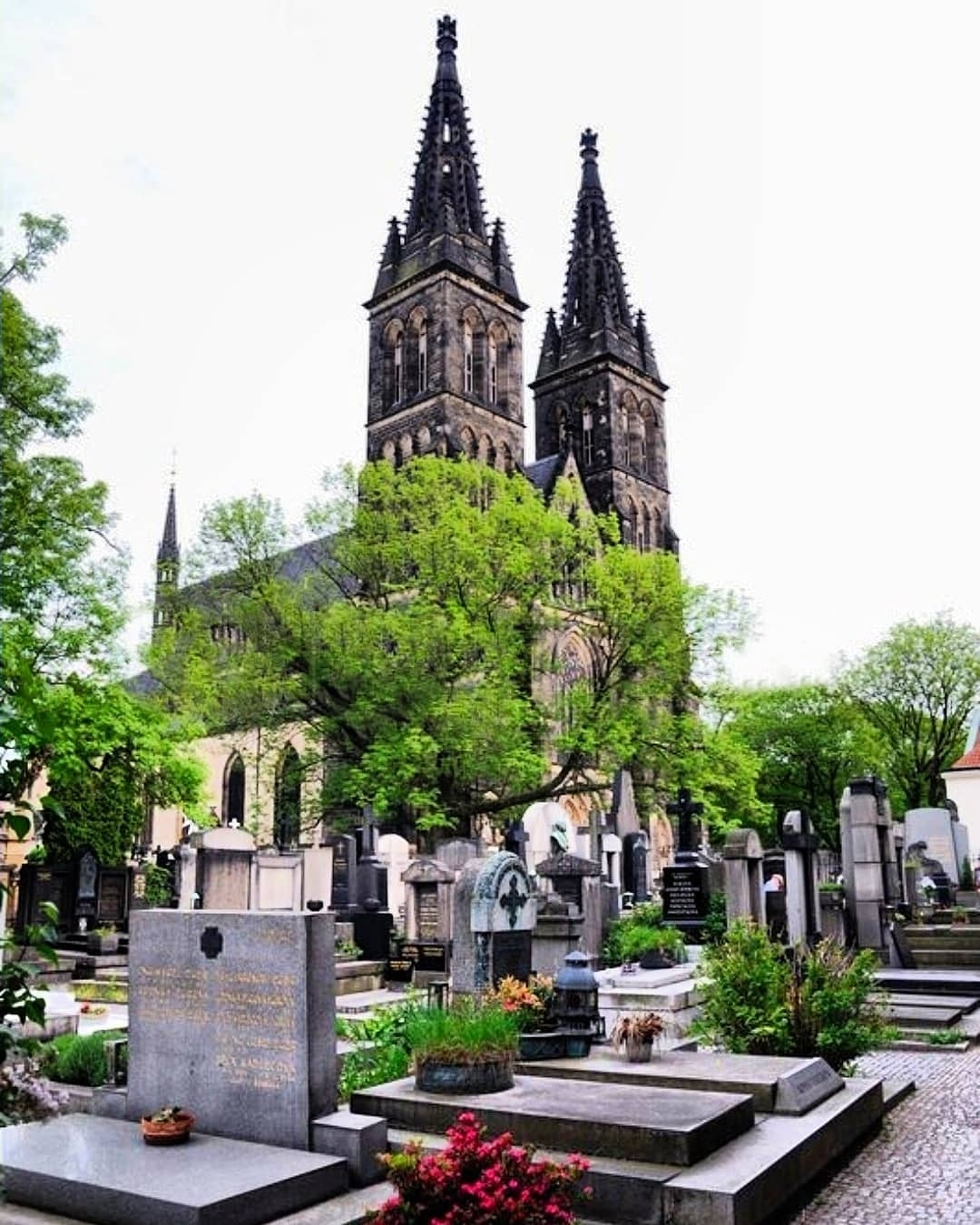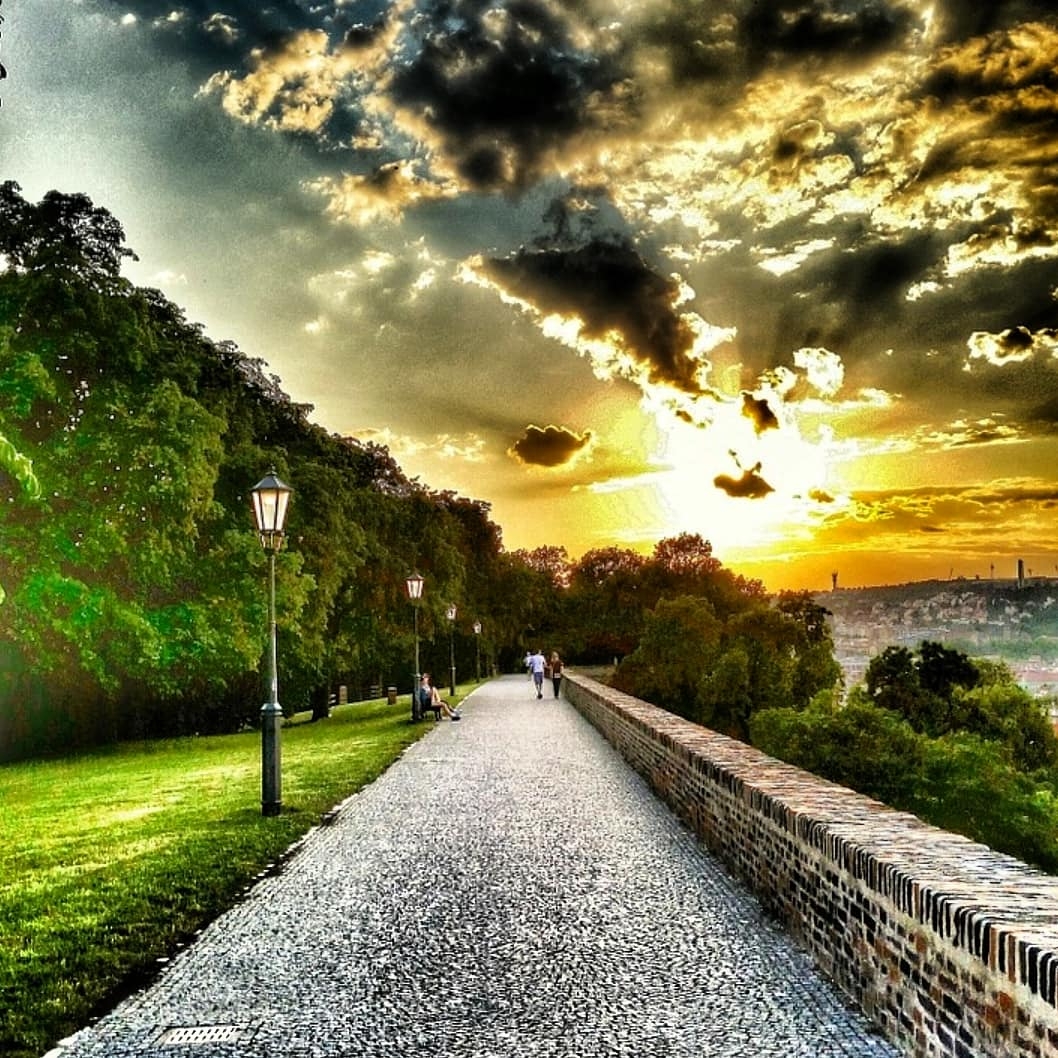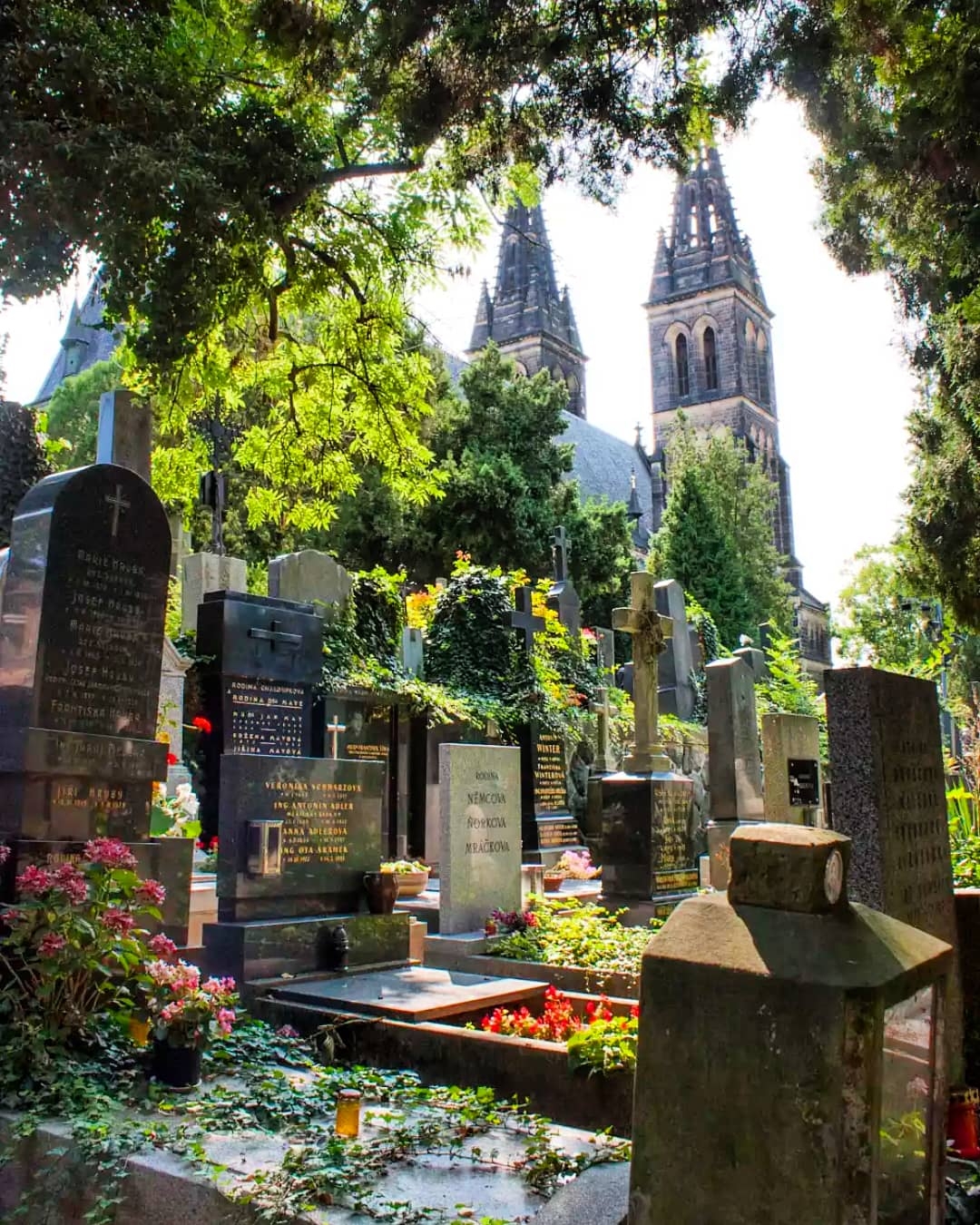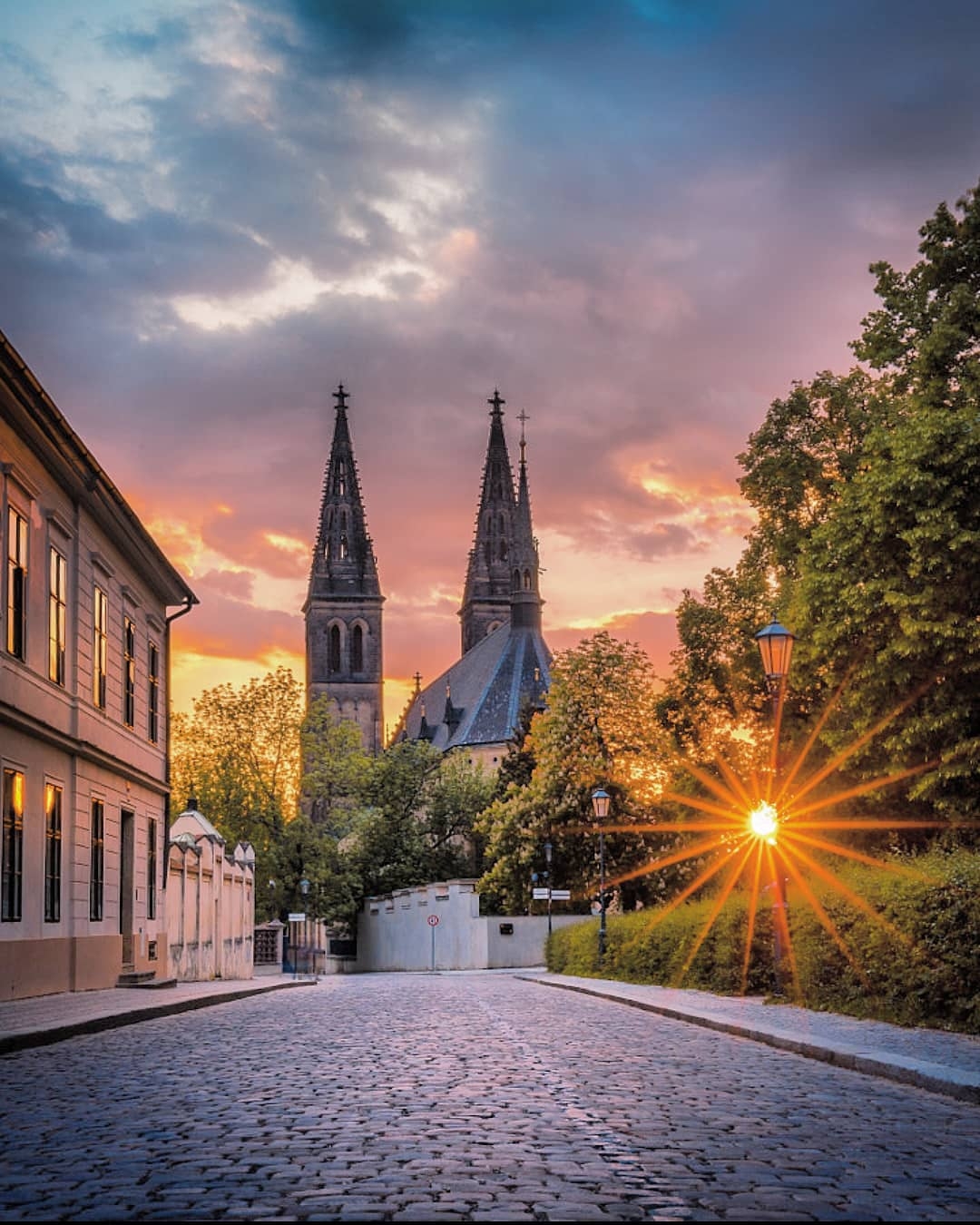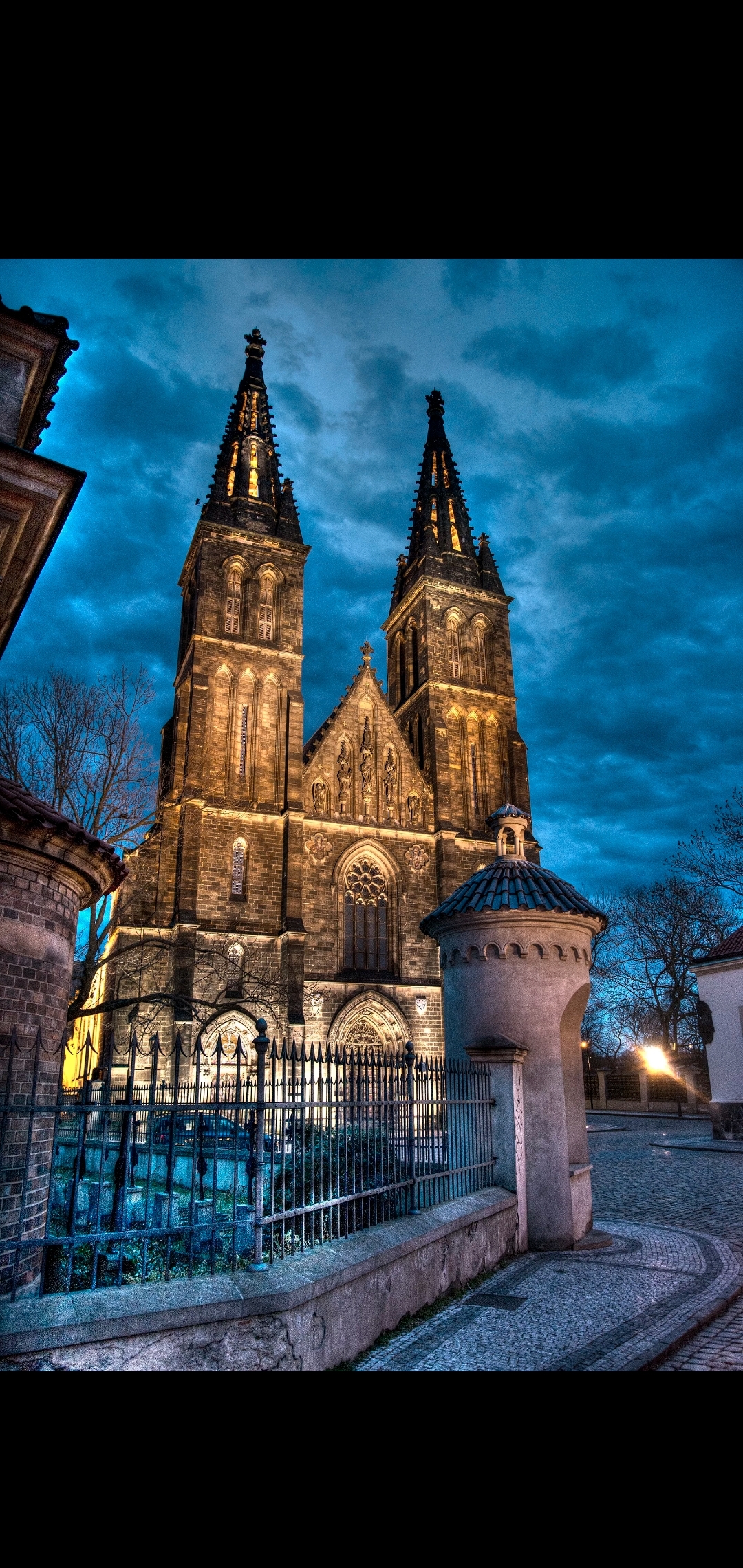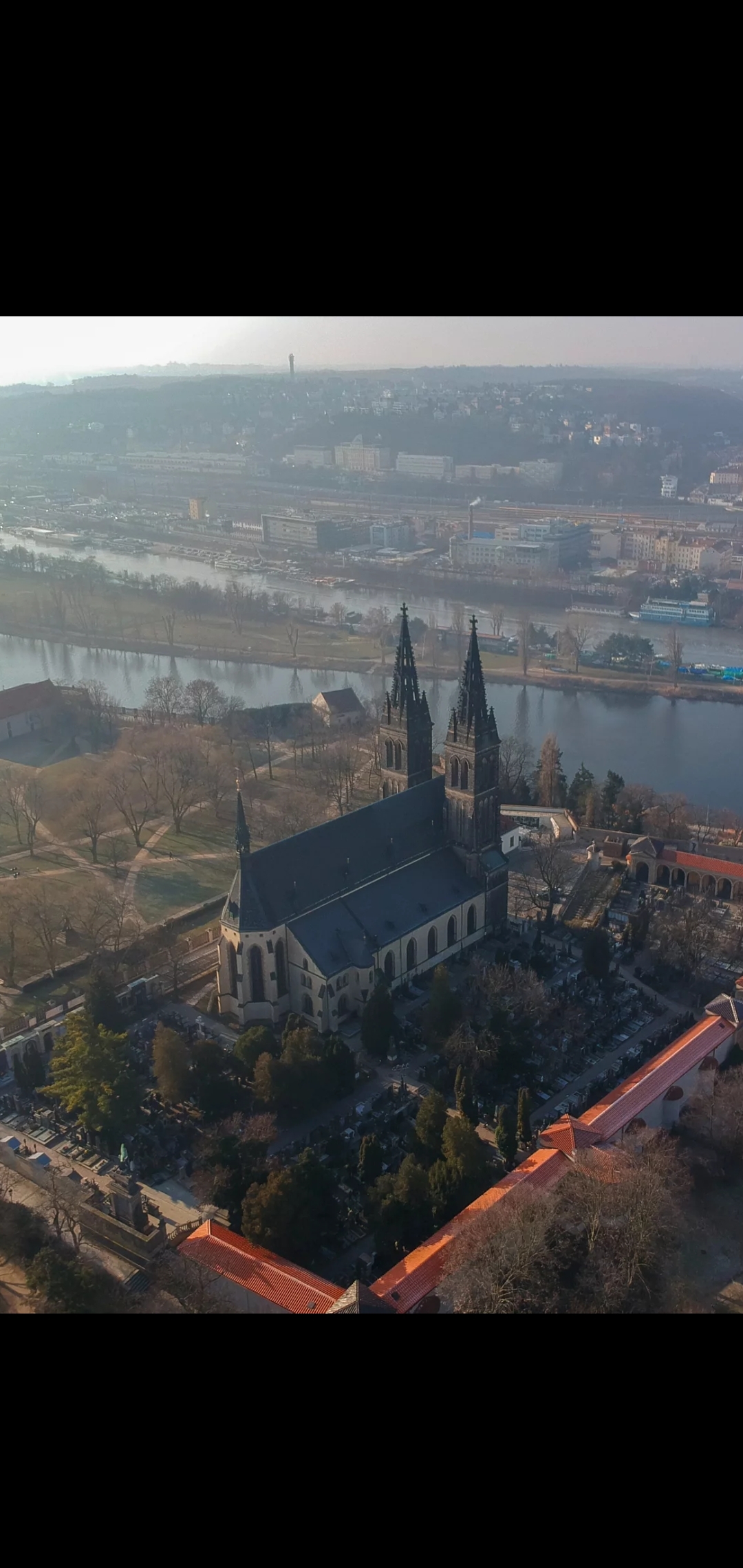THE ANCIENT FORTRESS OF VYŠEHRAD IS NOT ONLY A HISTORICAL LANDMARK, BUT THIS IS TRULY AN AMAZING PLACE, WRAPPED IN A SHROUD OF MYSTERY LEGENDS AND TALES, THE RESIDENCE OF CZECH PRINCES AND KINGS!
According to historical data, the Vyšehrad was founded in the mid-10th century onwards as the
second prince’s castle, which served to guard the approaches to Prague from the south. However, castle life really began to flourish in the reign of some time King Vratislav I (1061– 92), who moved here from Prague Castle. The King built at Vyšehrad, amongst other things, a church consecrated to SS Peter & Paul, and founded a chapter independent of the Prague bishopric. On the Vyšehrad lived and some of his successors, but in the 12th century, the princes finally settled at Prague Castle and Vyšehrad has lost its political importance. It was under Charles IV the Vyšehrad regained its political and military importance. Emperor built a new royal palace and had the entire Vyšehrad fortified. At the time of the Hussite Wars in the 15th century Vyšehrad was badly destroyed and was restored only after the Thirty Years War. A new baroque stronghold was built in Vyšehrad in the 17th century. The oldest surviving monument at Vyšehrad, is the Romanesque rotunda of St. Martin (1100). During the Hussite wars the rotunda was robbed and for a long time has been used as a gunpowder storehouse. The second oldest church building in Vyšehrad was the Romanic Basilica of St. Lawrence, the remains of which were discovered and digged up during archaeological research behind the pseudo-Romanic portal next to the canonry house in 1903. It was also built in the and half of the 11th century. Regarding the Gothic monuments, the enclosure walls of the sentry bastion were preserved, “the so called Baths of Libuše”. It is a place where, according to a romantic legend, Libuše used to bathe with her lovers to throw them down to the river later via a depression in the rock; and the fragment of the Peak gate from Charles’ era. Vyšehrad’s landmark is the capitular church of SS Peter & Paul, was founded in 1070. According to a legend, Vratislav supposedly brought 12 baskets of stones for the building’s foundation. Throughout its history the church was reconstructed several times. Its currently appearance is the result of rebuilding in Neo-Gothic style in the late 19th century by architect Josef Mocker. The huge statues you see are the work of Josef Myslbek, and depict various Czech legends, such as Přemysl the Ploughman, the mythical ancestor of the Přemyslid dynasty. In fact the statues used to inhabit Palacký Bridge, but were damaged during World War, and following restoration, placed here instead. To the left of the church of SS Peter & Paul is located Vyšehrad Cemetery, the final resting place of over 600 personalities from the fields of culture and intellectual endeavour. As part of the cemetery is the Slavín Pantheon – mass grave for those whose names have become the pride of the Czech people: Alphonse Mucha, Josef Gočar, Karel Čapek. The huge statues you see are the work of
J. Myslbek, and depict various Czech legends

